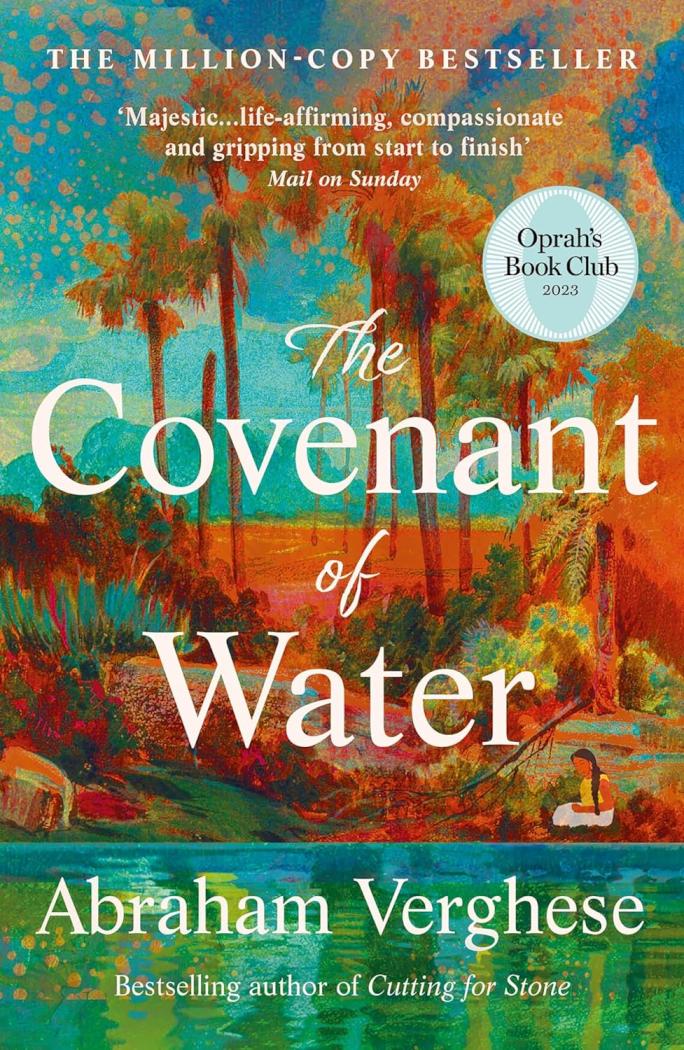
At the beginning of the 20th century, a 12-year-old girl named Mariamma enters an arranged marriage with a much older widower, Big Appachen. She is now mistress to a large estate, and is christened Big Ammachi. The family grapples with a mysterious affliction known as “the Condition,” which causes members to die by drowning in each generation, creating a haunting legacy tied to water. The first death Big Ammachi sees is her stepson, who drowns in a shallow puddle. She has two more children, a daughter with developmental disabilities and a son who grows up to be a celebrated author.
A parallel narrative sees a Scottish doctor, Digby Kilgore, who joins the Indian Medical Service, and has an accident where he burns his hands. While healing at a leprosarium, he meets a young girl called Elsie who helps him recover the use of his hands. Elsie grows up and is married to Philippose, Big Ammachi’s son. Their marriage is rather unsuccessful, but their daughter, also named Mariamma, grows up to be a doctor, and unravels the actual medical reason behind the family’s Condition.
There is a LOT of intermediate and interwoven storylines, like the relationships between each member of Big Ammachi’s large family, Kilgore’s affairs, Elsie’s history, and her personal relationships and struggles. All of this is laid against the backdrop of India’s historical changes, like the British colonization, the struggle for independence and the Naxal movement. There are several elements of magic realism thrown in as well, like Big Ammachi’s daughter being prescient, and the ghost living amongst the pots in the storeroom.
At many points in the book, the character build-up is so extensive it feels as though we are reading about the central characters, only for the story to suddenly meander off in another direction and render the previous character buildup incidental. In fact, I am hard-pressed to identify the central characters and themes of the book, there are so many which get the full treatment. Love, loss, family, culture, politics, and interconnectedness of everything are all explored. On the whole, this is an enjoyable read, reminiscent of Isabel Allende’s House of the Spirits, with lesser magic realism.
